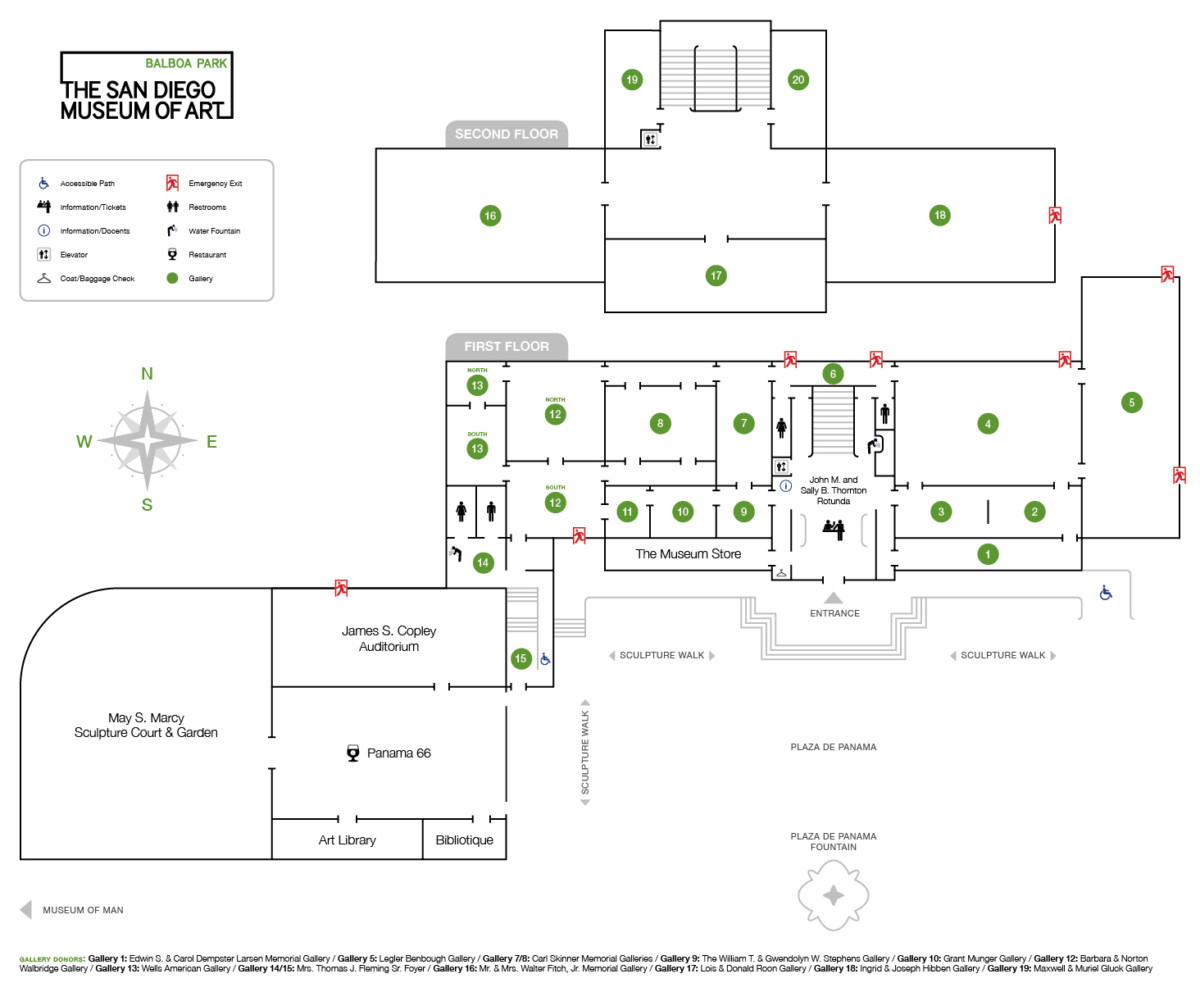Muxima
Alfredo Jaar’s Muxima (2005) brings together diverse ideas and significant cultural traditions as envisioned by one of the most important contemporary artists working today. A popular Angolan folksong served as the source of inspiration for this work. Jaar, born in Chile, describes the work as a cinematic elegy to the people of Angola and his film was inspired by his interest in African music. During the process of organizing his extensive collection of recordings made in Africa, he discovered that he had several different versions of the Angolan folk song, Muxima, and the idea for this film was born.
This work, which deals with issues ranging from the remnants of colonialism to environmental destruction, is essentially a visual poem divided into ten cantos, each canto defined by subtle differences in the various interpretations of the folksong, Muxima. Jaar found that the music evokes the experiences of the people of Angola with a communicative power that moving images alone could not achieve. The first canto is a still image of six young boys who face the camera with their hands on their hearts. Muxima signifies heart in Kimbundu, an indigenous language of Angola. The musical component begins in the second canto, as the viewer sees the bow of a boat traveling along the Kwanza River. Throughout the film, the imagery is enhanced by the power of the music.
Jaar, who is based in New York, has been recognized with important exhibitions at the New Museum in New York, the Whitechapel Gallery in London, and the Museum of Contemporary Art in Chicago. His work resides in a number of prominent museum collections including the Walker Art Center, the Art Institute of Chicago, and the Museum of Modern Art, New York. He has completed projects about Rwanda, Brazil, and the U.S./Mexico Border.
Visit the Docent Tours page to view a schedule of related tours.


